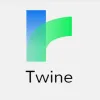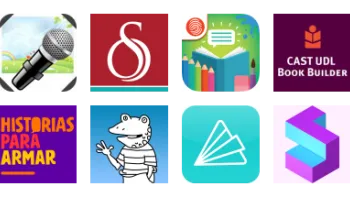Take a look inside 4 images
Twine
Pros: The end result -- an interactive, choose-your-own-adventure type story -- is really neat.
Cons: Browser-based saving poses challenges to students sharing computers.
Bottom Line: Twine is a fascinating tool to build interactive stories, but the "function first" interface means it'll take patience and time.
In its simplest form, teachers can use Twine to create basic choose-your-own-adventure style stories. The interface is easy enough for fairly novice coders, but also has the potential for more experienced coders to add greater depth and interactivity. In these ways, Twine will be useful to both computer science teachers looking for a practical way to experiment with code and English teachers experimenting with different types of storytelling.
Twine could also be useful for other teachers -- for example, language learners could use it to write stories in the language they are learning, or history teachers could use it to go through important dates or events.
Twine is an online program that allows students to practice the basics of coding while creating interactive fiction (or electronic choose-your-own-adventure type stories). Work is done in a visual interface, where you can see a map of your story and easily visualize connections between passages. With an integrated text editor for editing passages, Twine can be used for storyboarding, organizing a novel or story, or creating a choose-your-own-adventure tale. Once you finish a story, you can publish it online for other readers to experience the interactive journey created.
Twine is a combo platter of storytelling strategy mixed with beginning coding skills. It's an interesting mix, and patient, dedicated students who really want to create their own interactive stories can learn how. Using technology and imagination together, they'll spend a bunch of time brainstorming how best to move their tale forward, backwards, and sideways. Students can also discover that there are two sides to everything on the Internet, and how many lines of code translate to the sleek websites we see every day. While Twine can be challenging to use, its unique format gives students a rare opportunity to use both sides of their brain at once.
It's not really for beginners; although there are tutorials available, help is hard to find and often references the previous version of the program. The best help is available outside of the Twine site, directly from expert story creators. The new interface is much clearer than the previous, though, and students will probably find it easy to create basic programs. The only other thing to watch is the save system. There is no login or account, so all information is saved to a browser. This can be difficult for students using shared computers and seems like an unnecessary complication. To properly save projects, students will need to archive them.












